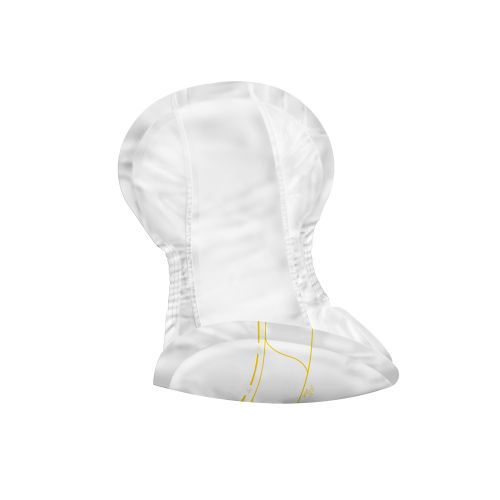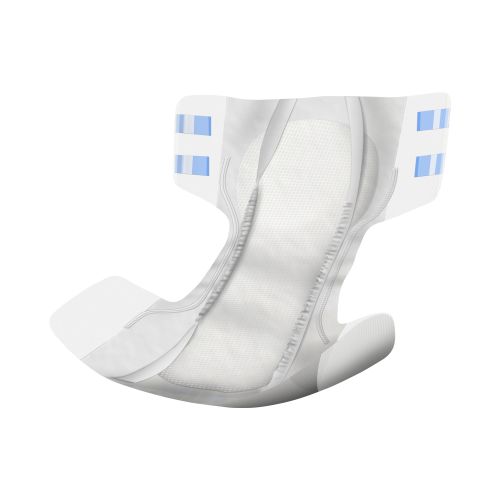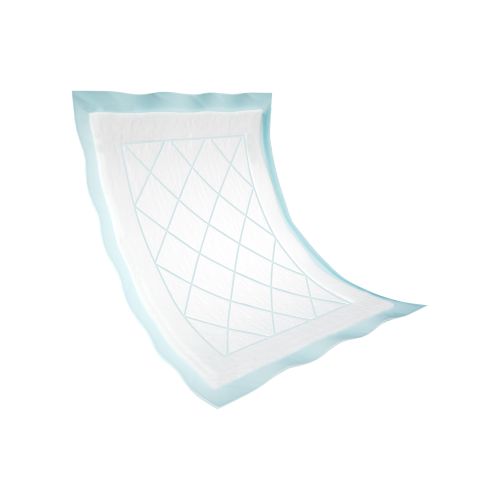When a home or nursing facility smells it can affect everyone who in the building, including visitors and workers. In addition to being unpleasant and possibly even embarrassing, it also creates a less than optimal working environment for healthcare and facility workers. In a worst case scenario, it results in less visits from family and diminished care for patients and residents. Combined, these factors affect the quality of life for residents, patients, and health care workers alike.
Making home and healthcare facilities comfortable places to live, work and visit is important, not just to ensure quality of life for everyone in the care facility, but also to ensure the facility remains odourless in the future.
What are the causes of unpleasant odour?
An occasional whiff of a bad odour, such as passing a room where someone is being changed, is normal, but constant odour indicates an underlying problem. In general, the cause for odour has to do with the care and cleaning routines in a home or facility.
When residents, linens and furniture are kept clean and dry, odour should not be a problem. This means resolving spills and leakages promptly and using the correct combination of incontinence products to minimise possible odour.
note: If a resident is experiencing smelly urine, they should be checked for underlying health reasons that may be causing the odour.
Cleaning and hygiene routines
Disinfection and cleaning agents are the first line of defense against odour. If there are issues with cleanliness or hygiene, these must be dealt with first, before being followed by actions to cover the odour.
Most care facilities have established cleaning and hygiene routines and procedures, but if odour is a problem, it may be time for an evaluation of these routines and the involved products.
Odour neutralizer and deodorizer
While efforts surrounding odour should be aimed at prevention rather than at covering up the smell, using products such as odour neutralizers or deodorizers can be part of the effort in a care facility at maintaining a pleasant odour. Not all odour can be removed immediately by cleaning and disinfecting, so odour-control products should be used as a tool in an overall odour strategy.
Correct waste and disposal
When it comes to incontinence products or leaked urine and feces that may smell, the first step is to always clean and properly dispose of them. This includes soiled incontinence products, bed protection, gloves and cleansing products. Easy disposal of waste and packaging can be considered as part of the care routines and as part of the selection process when choosing new cleaning, waste management or incontinence products for your facility.
Choosing and using the correct incontinence product
Choosing the right combination of continence products and applying them in continence care routines is another important factor. This includes choosing the right size, type and absorbency level in the actual continence product, to associated products such as fixation pants and protective bedding.
A number of factors go into choosing the right incontinence product, including lifestyle, gender and type of incontinence. Using the wrong size, whether too small or too big, makes a user more prone to leaks.
It is essential to change incontinence products often, following application guides to make sure the product is used correctly.
Bed protection
Bed protection adds an extra layer of security for the occasional leak or for patients and residents who move around a lot in their sleep. Bed protections are an inexpensive method of protecting furniture that is expensive and difficult to replace if damaged.
Use bed protection and couch rolls to prevent damage and odour. Fecal or urine leaks on furniture or bedding can be a source of bad odour if it is not immediately and thoroughly cleaned and disinfected. If something does manage to leak on the furniture, the source of the smell should be thoroughly cleaned, steam-cleaned or replaced. This is expensive when it comes to more permanent fixtures such as furniture, mattresses, and carpeting, which is why bed protection is an economical choice for extra protection.
Abena is a leading provider of incontinence products across Australia and New Zealand with a wide range of continence aids to provide effective support in healthcare and major care facilities.















